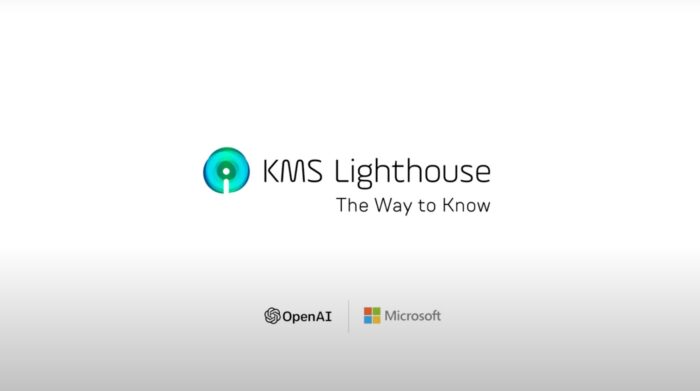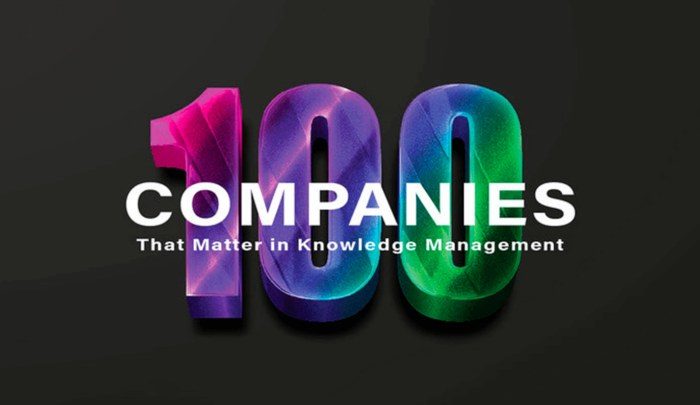What Is an AI-Powered Knowledge Base?
Customer service agents must often search through multiple pieces and sources of relevant documentation to find a solution to a customer’s problem. Using keywords and phrases, AI-powered knowledge bases quickly hunt through the various types of information and speedily deliver answers to agents.
Knowledge bases in AI also unify all the information from different, siloed teams, making it easier for agents to retrieve. This feature both eliminates the need to transfer customers to another department to get an answer and prevents employee interruptions to respond to agent queries.
What Is a Knowledge Asset?
First introduced in 2003, the term knowledge asset refers to an organization’s accumulated intellectual resources. Types of knowledge assets include information, learning, ideas, understanding, insights, memory, technical skills, and capabilities. Knowledge assets reside in documents, databases, software, patents, policies and procedures, and more.
Information and knowledge assets are the know-how your organization taps into to invest and grow. Proper knowledge asset management is key to creating value for your stakeholders and sustaining organizational performance.

Manage Knowledge as a Strategic Asset
Historically, there’s been a tendency to try and capture all of an organization’s knowledge and put it into a computer system. Today, the sheer volume of collected data makes that pursuit impractical—if not impossible—to do. The focus must instead be on discerning which knowledge assets are critical for success and support performance. Those assets should then be mapped so management can work out how to further develop them to create growth and a competitive edge.
Knowledge only becomes truly valuable when it is well-managed. Together with promoting growth and competition, the sharing and use of knowledge within an organization lead to benefits like:
- Improved strategic decision-making.
- Better-informed policies and procedures.
- Greater cost-effectiveness.
- Increased employee engagement and innovation.
- Improved documented knowledge asset flow across organizational boundaries.
It also allows employees to share their collective wisdom, experience, and expertise to make their own work more efficient.
Strategic Management of Knowledge
It requires a lot of time and effort to identify, evaluate, and manage existing knowledge assets. Such work includes tools, strategies, and processes that can be used to ensure:
- People are connected.
- Learning occurs at the team and organizational levels.
- Access to the right technologies.
In times of an aging and retiring workforce, personnel shortages, and a rapidly evolving workplace environment, a strategic asset management agenda is needed. These best practices of knowledge management help you define, capture, and share critical knowledge:
- Mapping and structuring knowledge assets.
- Disseminating knowledge within the organization.
- Contextualizing knowledge.
- Discovering new knowledge.
- Motivating users to share information.
A fast and accurate knowledge management system (KMS) delivers long-lasting value when designed and deployed using these best practices.
Managed Knowledge Assets and Customer Success
When you give your employees the tools they need to share timely, accurate, and personalized knowledge, they’re better equipped to deliver exceptional experiences to your customers.
Jeanne Bliss, the godmother of customer experience, suggests asking yourself, “do your customers feel that you know them? That you really know them?” Or when they reach out for support, do they keep getting passed from one agent to another who asks—yet again—for their information? Not having such key knowledge immediately accessible to employees leaves customers wondering if you value them at all.
A robust KMS helps you decrease support costs, increase customer satisfaction, and improve overall customer experience success. How? By providing answers in real-time, giving customers the option of self-service, and building customer trust in your brand.
To handle knowledge as a strategic asset, you need to be able to quickly identify, capture, and make accessible the knowledge that matters. KMS Lighthouse is the knowledge management system leading companies look to help them gather, store, communicate, and apply knowledge to their various processes. Flexible and scalable, the system simplifies centralizing and structuring knowledge while making information readily available to get things done more efficiently. There’s no better way to make a profound effect on your business and its future.

AI in Customer Experience
Blake Morgan is a customer experience futurist who believes “AI has the potential to scale personalization like never before.” Because of advances in deep learning, she says, “we’re now able to teach software to listen, act, and respond to customers in a way that wasn’t possible before.”
A knowledge base system powered by AI allows call center agents to easily search internal databases to quickly find the answers they’re looking for and eliminates the need to dig through various sources of information.
Organizations that adopt end-to-end AI call center solutions are able to leverage huge opportunities that give them a competitive edge.
- A level of responsiveness that isn’t humanly feasible. AI support systems predict a customer’s search by learning and understanding how they interact with your brand.
- Chatbots allow customers to interact with your brand and brands to create new streams of revenue using real-time, customized customer service solutions.
- Automated solutions provide the training agents need, reduce onboarding and training costs, and free-up employees from routine, repetitive support requests.
- A 24/7 solution, automated customer service is unconstrained by time zones, workweeks, or holidays.
One of the greatest areas where AI is making an impact is in self-service options. Most younger customers prefer trying to solve a problem themselves before calling an agent. FAQs, forums, and online chat and bot services powered by AI are playing an increasingly crucial role in these human-free, digital-only interactions.
Building a Knowledge Base in Artificial Intelligence
There are three components that make up a knowledge base system that uses AI:
- The actual knowledge stored in the system.
- The inference engine, or “brain” of the system that applies rules to the knowledge base to derive answers from it.
- The user interface that agents and/or customers use to find and extract relevant knowledge within the system.
While they’re designed to be user-friendly, AI knowledge base systems are still run by technology which can present some challenges:
- Despite progress in machine learning, knowledge based systems still haven’t reached a point where they can “think” like a human (i.e., common sense).
- Since decisions are made based on logical conditions and assertions, AI knowledge base systems are inflexible and often difficult to manipulate.
- Knowledge bases can only offer solutions based on the data and information stored within them. They do not interact with other sources. That brings up the question of whether they’re truly offering the “best” response.
Despite these issues, an AI-driven knowledge base is an excellent way to track your organization’s knowledge assets and align people, resources, and processes to get the answers customers need.
KMS Lighthouse is an AI-powered solution that helps agents find the right answers and improves its performance over time. You’re also able to gain real-time insights into knowledge base assets and other resources, status, and performance so you can quickly shift gears to align strategy and operations. With its potential to transform the way you do business, AI can be harnessed for the good of your support agents and, just as importantly, for the benefit of your customers.







